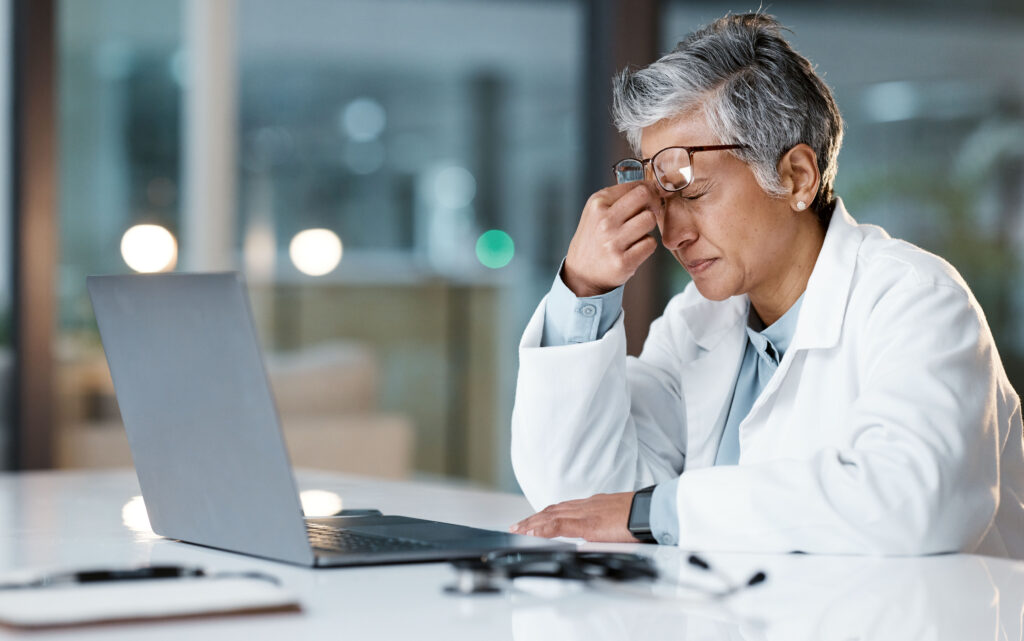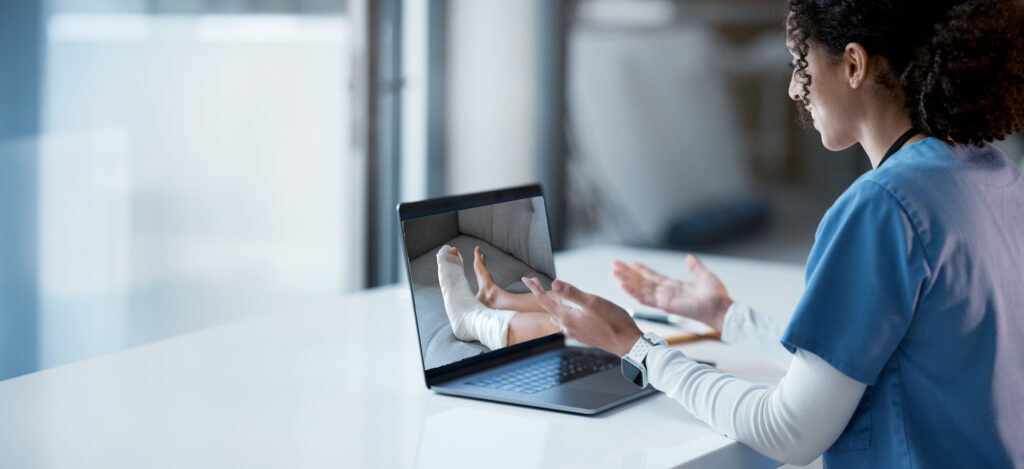The world has gone digital, and so has healthcare. Telehealth has become increasingly popular, especially during the global pandemic when social distancing became necessary to curb the spread of COVID-19. Healthcare providers can now diagnose, consult, and treat patients remotely, eliminating the requirement for in-person consultations. However, for telehealth to work effectively, high-quality audio and camera devices are crucial for both provider and patient.

Providers are expressing frustration with video quality issues in telehealth. A staggering 82% reported video quality issues, with 77% considering video quality crucial for professional appearance to patients. They are realizing the importance of high-quality video in order to build trust, advance treatment plans, and maintain positive outcomes. 1
Benefits of High-Quality Audio and Video in Telehealth
1. Quality Communication
To achieve seamless communication between healthcare providers and patients through telehealth, high-quality audio and camera devices must be in place. High-quality audio is essential to ensure patients can clearly hear healthcare providers without any distortion. On the other hand, high-resolution camera devices improve video quality, allowing healthcare providers to see patients clearly.
Due to the nature of telehealth, healthcare providers cannot examine patients physically, which is why having good video quality is crucial for accurately assessing their condition. Clear video resolution allows providers to closely observe patients, identify subtle signs, and make informed medical decisions.
“Medical carts with high-quality audio capabilities automatically adjust for louder and softer voices to guarantee everyone can be heard, even in areas with lots of background noise like a busy emergency department.” 2
2. Accurate Diagnosis
As mentioned above, telehealth consultations require healthcare providers to rely on visual cues and descriptions from patients. With high fidelity audio and enhanced camera devices, healthcare providers can more accurately diagnose patients. For instance, with simply an HD camera, the image of a patient’s concern may not appear clear enough.

There are carts on the market that offer 4K resolution, which makes all the difference. With 4K cameras, providers can examine a patient’s skin rash, wound, redness, or swelling and determine the best course of action. High-definition video feeds provide a clear view of the patient, whereas high-quality audio ensures that both parties are able to communicate without any disruption or interference.
3. Patient and Provider Relationship
When technical difficulties arise, such as poor audio or video quality, it can quickly turn into a frustrating experience for both the patient and the provider. It can be difficult to convey important information or ask important questions when one party can’t clearly see or hear the other.
When telehealth patients experience good video and audio quality, they feel a stronger connection to their healthcare providers. According to a quote collected in MHQP’s pandemic telehealth experience surveys conducted during the summer of 2021,
“The biggest joy was being able to stay in touch with patients–most of the time actually seeing them. We had many heartfelt conversations about their fears, uncertainties, and ongoing clinical issues. Many opted for much more frequent visits than they would have in person.” 3
Patients also experience increased confidence in receiving medical advice when they can effortlessly hear and understand everything their healthcare provider communicates. The quality of audio and video plays a significant role in enhancing patient satisfaction within telehealth experiences.
4. Combatting Patient Burnout
One of the great benefits of telehealth is its ability to help alleviate patient burnout caused by extended wait times. By allowing patients to receive medical care from more accessible locations, telehealth eliminates the need for lengthy car trips, waiting room delays, and other aggravating factors that can lead to burnout.
Additionally, high-quality telehealth carts are able to reduce physician burnout as well. Telehealth can help healthcare providers manage their patient load more effectively, as they can see more patients without the physical constraints of a traditional office. High-quality audio and camera devices make the experience even more convenient by delivering clear and accurate information.
A 2015 study showed that a third of its participants had “avoided going to the doctor because they found it unpleasant, citing factors like long wait times and difficulty finding a convenient appointment.”4 Telehealth eliminates these wait times and gives patients and providers more flexibility within their scheduling.
Telehealth has become an essential component of healthcare with patients demanding more convenient ways of receiving medical treatment. High-quality audio and camera quality are a crucial factor to achieving trust, creating a personalized approach, enabling clarity in communication, and ultimately providing more effective diagnosis. Ensuring your telehealth cart meets these audio and visual standards will positively impact the needs of patients, ultimately building a stronger relationship between patients and their healthcare providers.
Ready to find the telehealth cart that’s right for you? Learn more about BlueCart™ here.
BlueCart’s advanced Ultra HD pan-tilt-zoom camera and high-fidelity audio creates an enriched telehealth experience between patient and provider.
Resources:
- Article: The Impacts of Video on Patient and Clinician Experiences (logitech.com)
- Improving Patient Care With Medical Carts | Telehealth | VidyoHealth
- Sample Comments from MHQP’s Pandemic Telehealth Experience Surveys – Massachusetts Health Quality Partners
- Patient Burnout Is a Simmering Public Health Crisis | Time
- Fact Sheet: Telehealth | AHA
- Why High Fidelity Audio Matters in the Telehealth Industry (dolby.io)
- What is physician burnout? | American Medical Association (ama-assn.org)